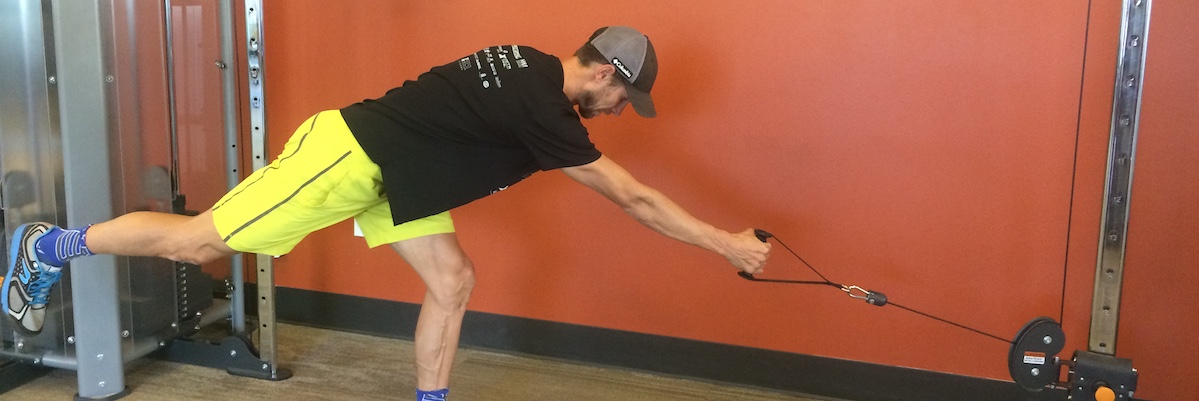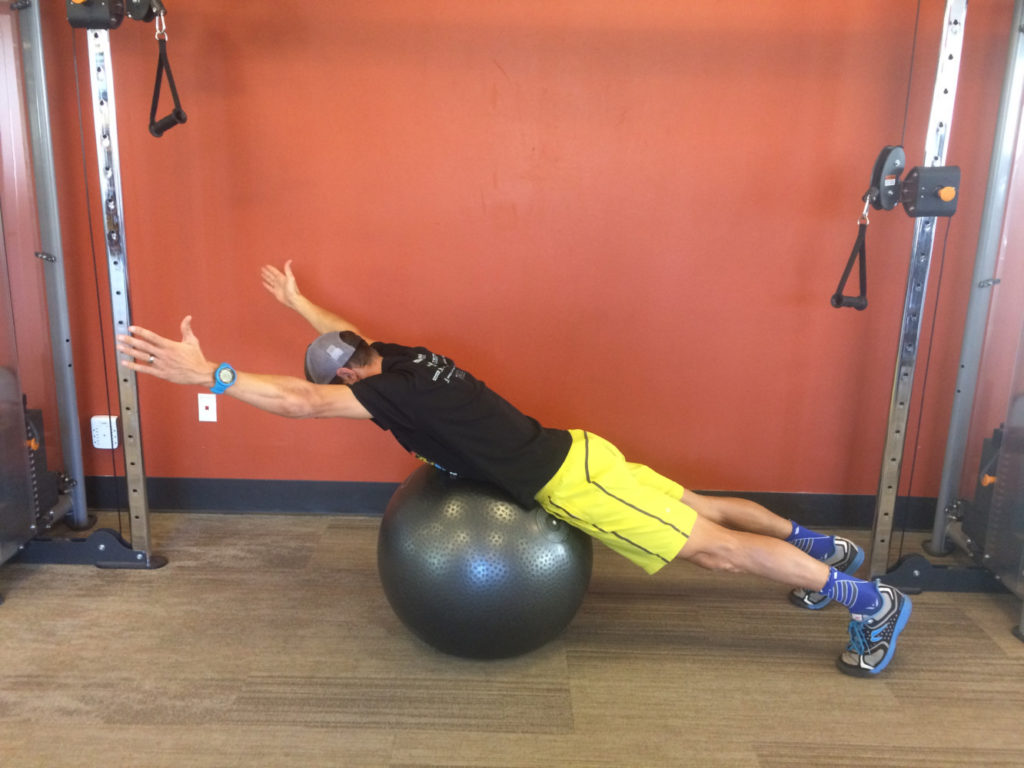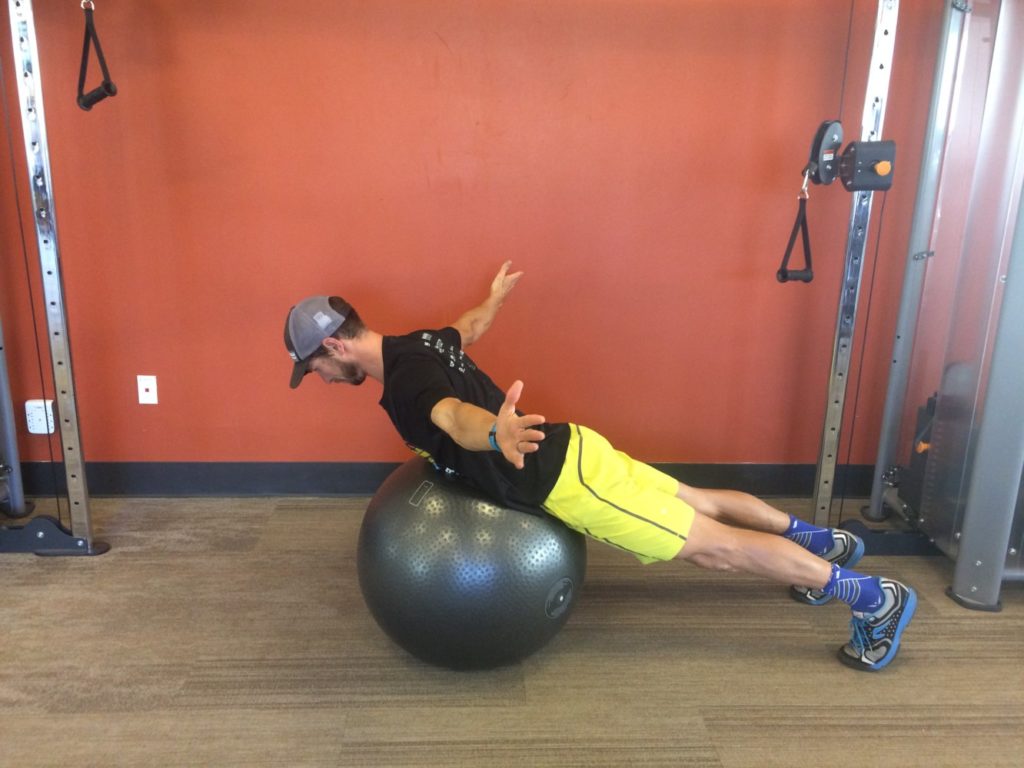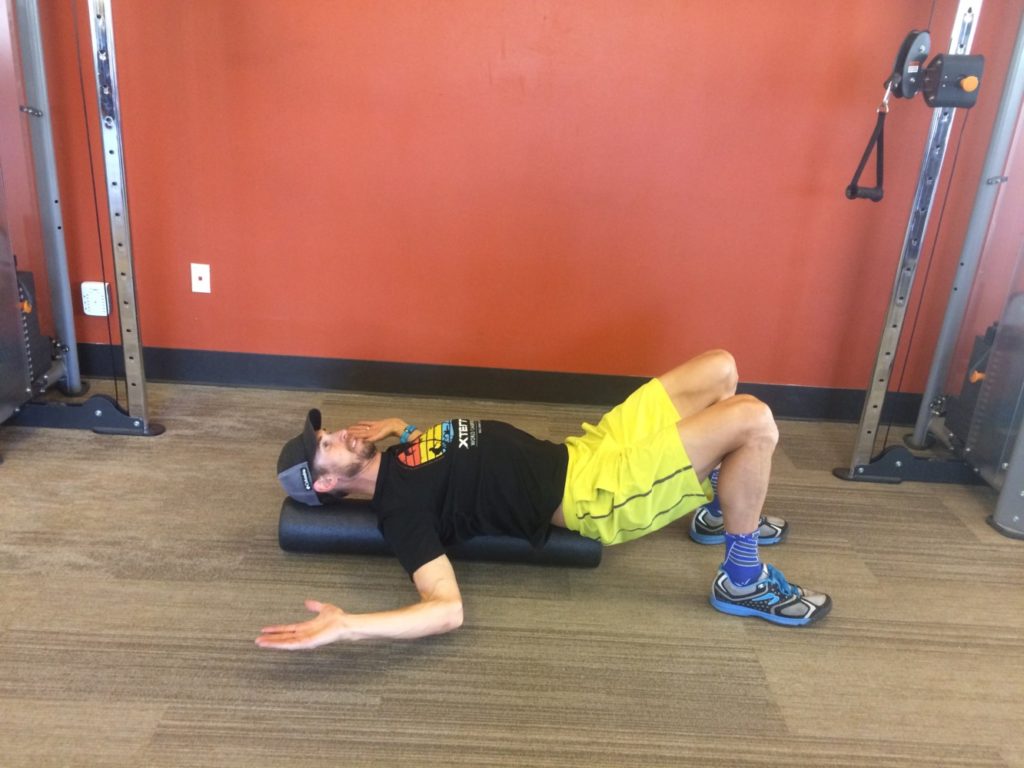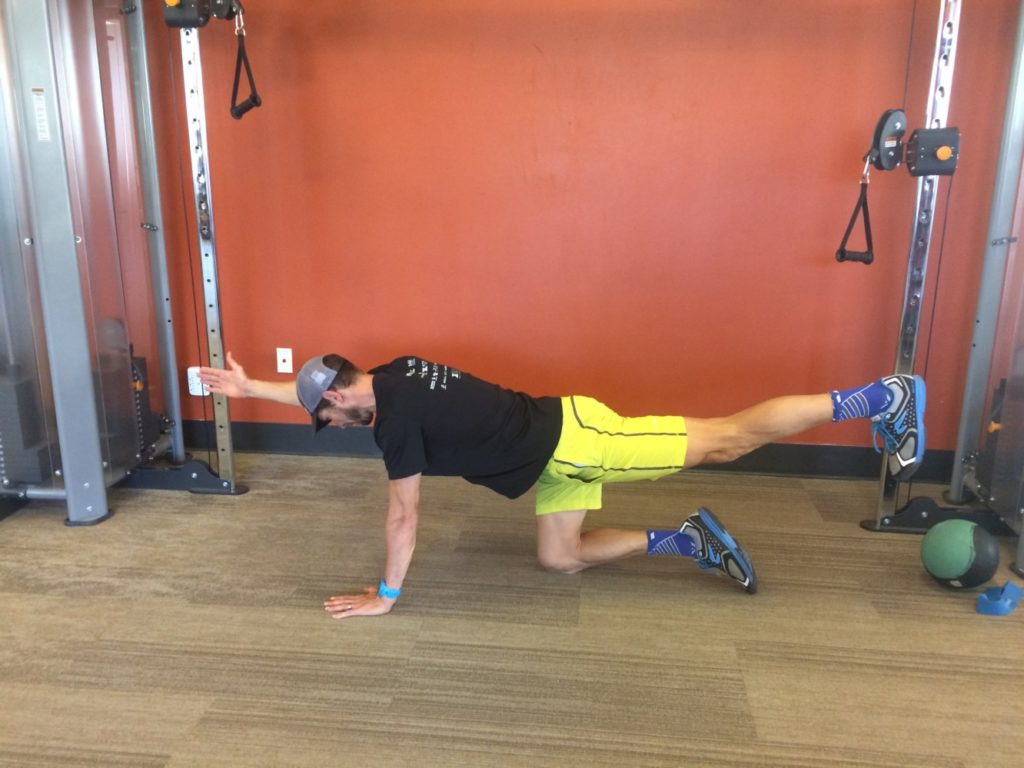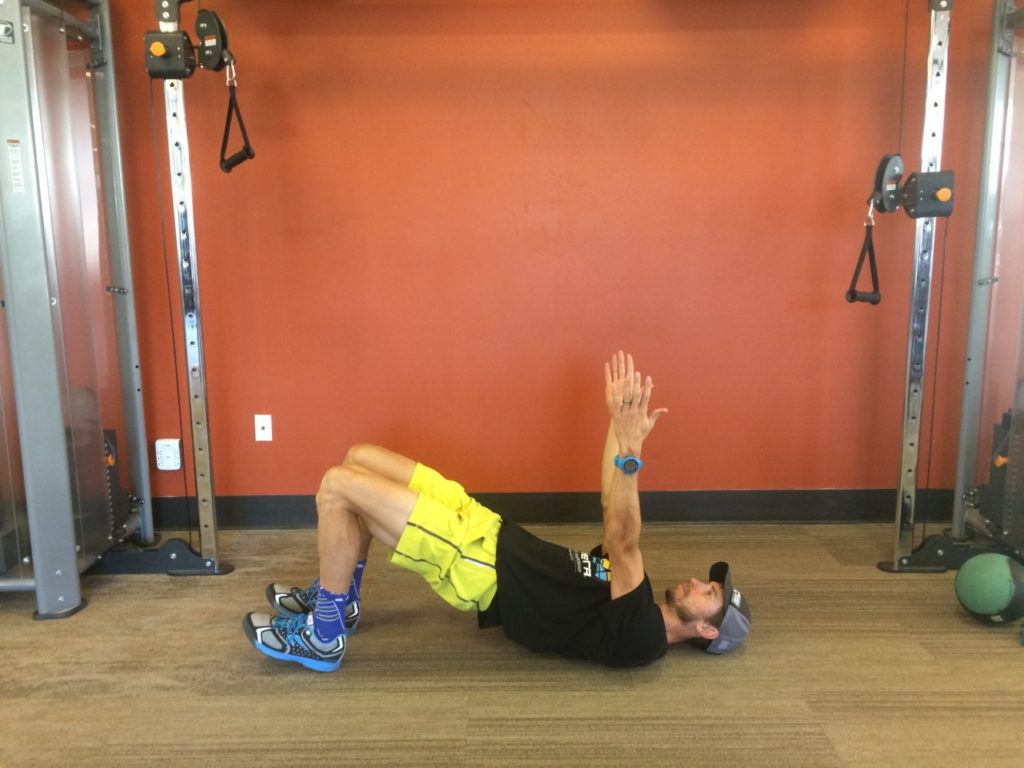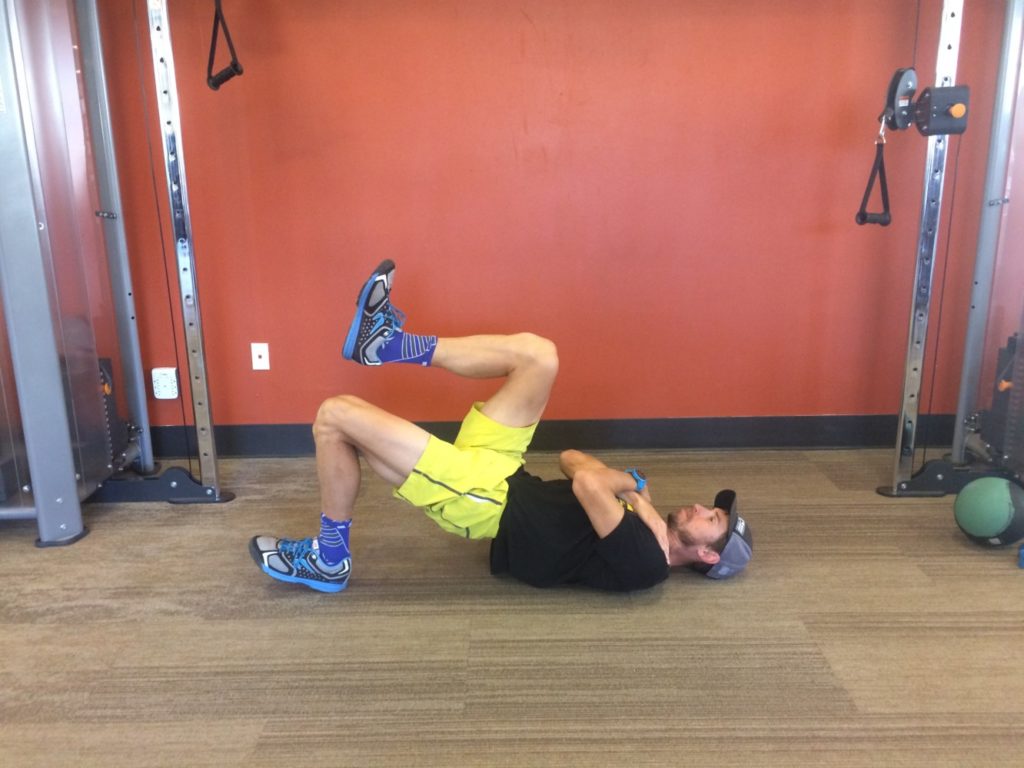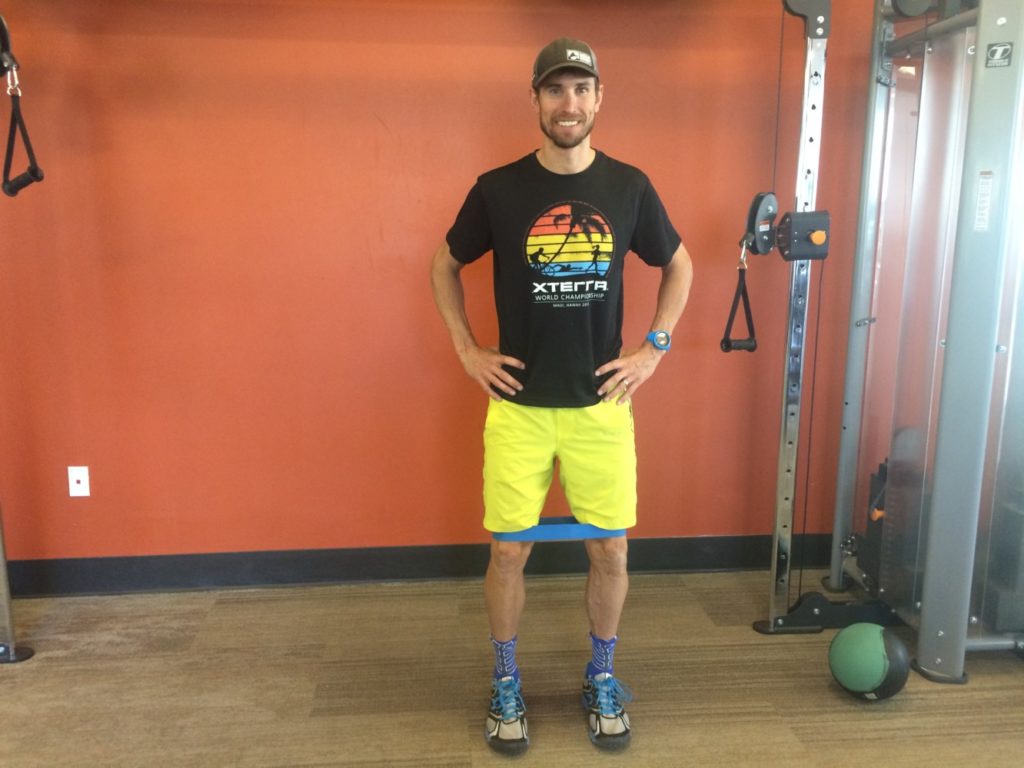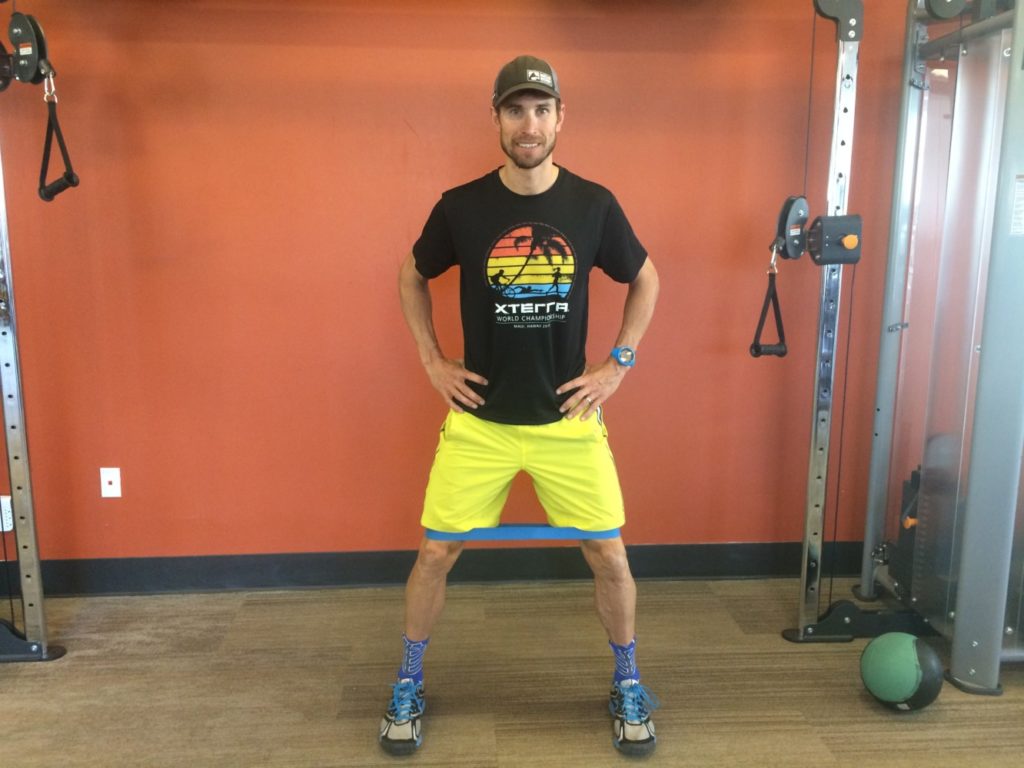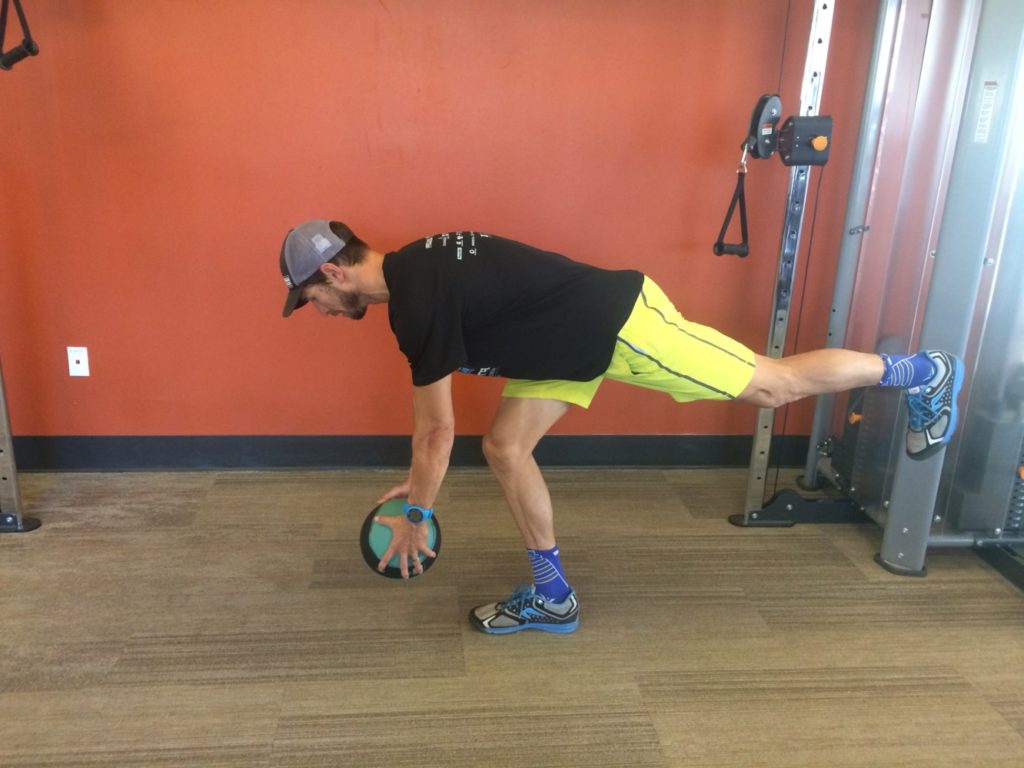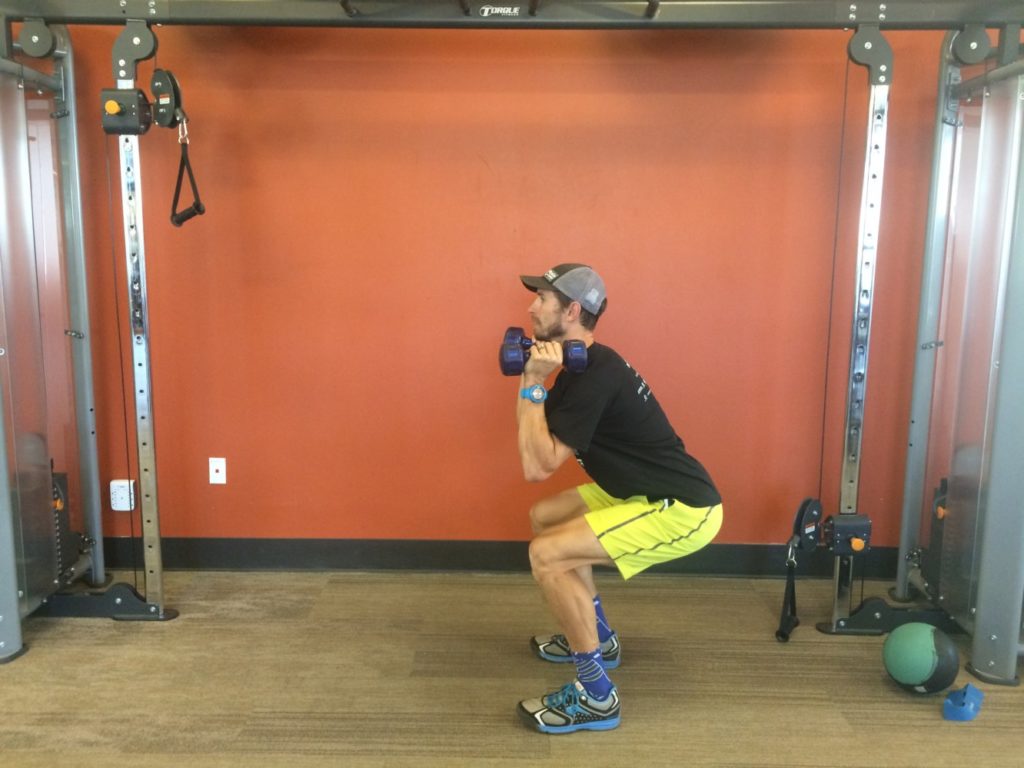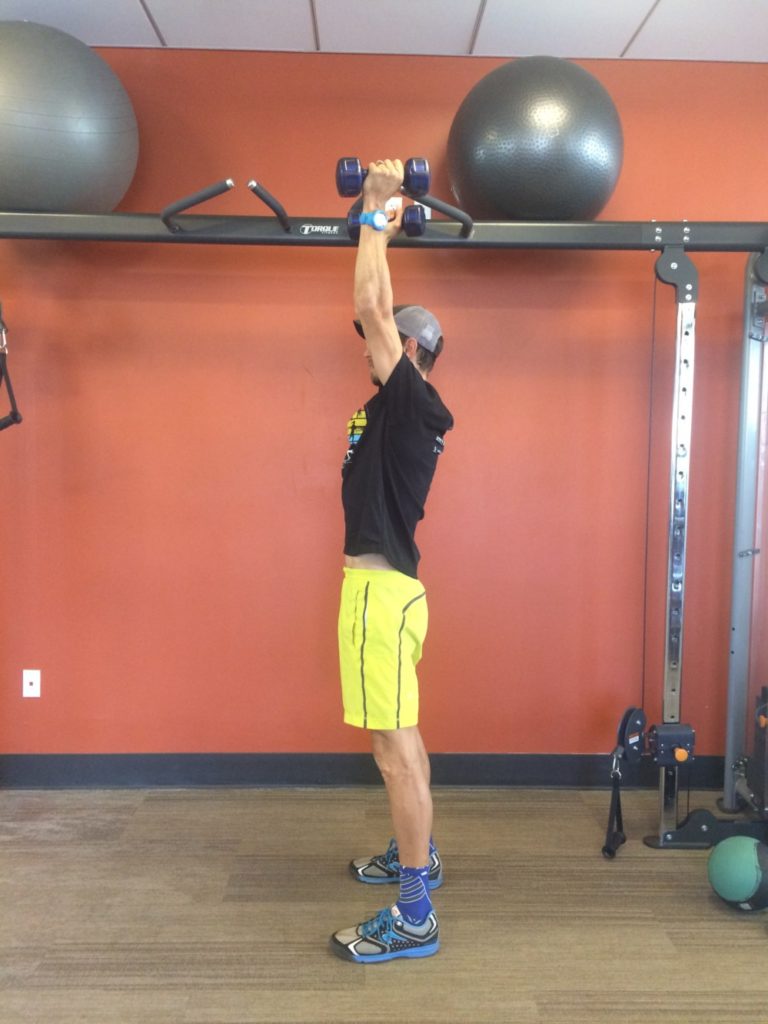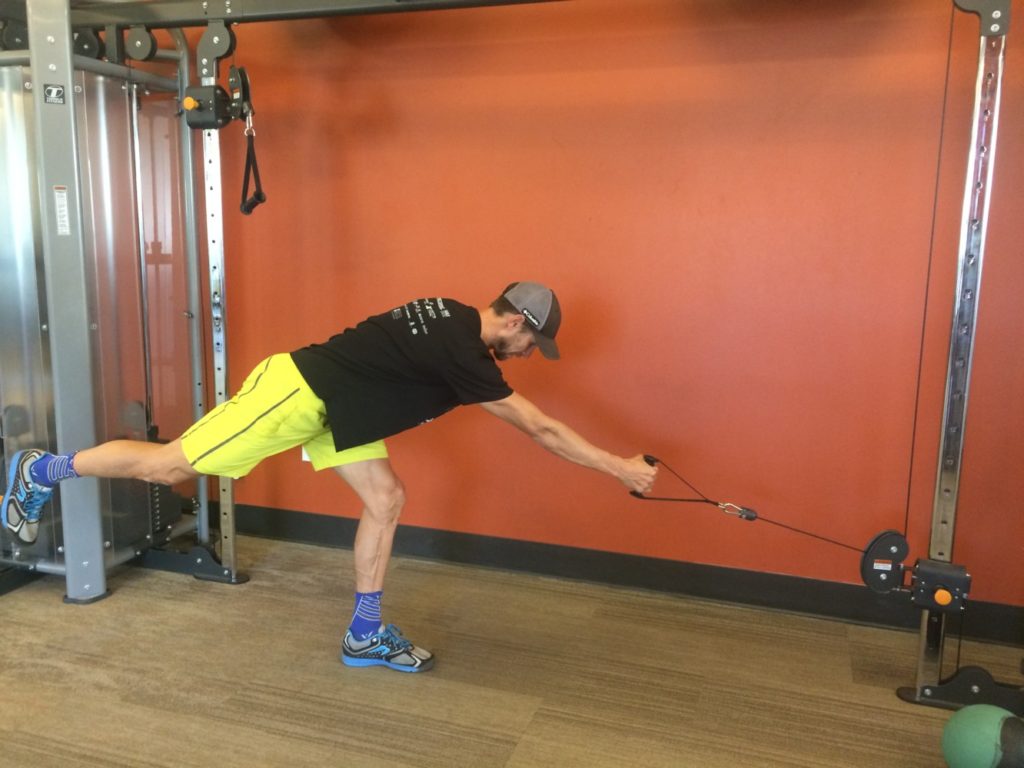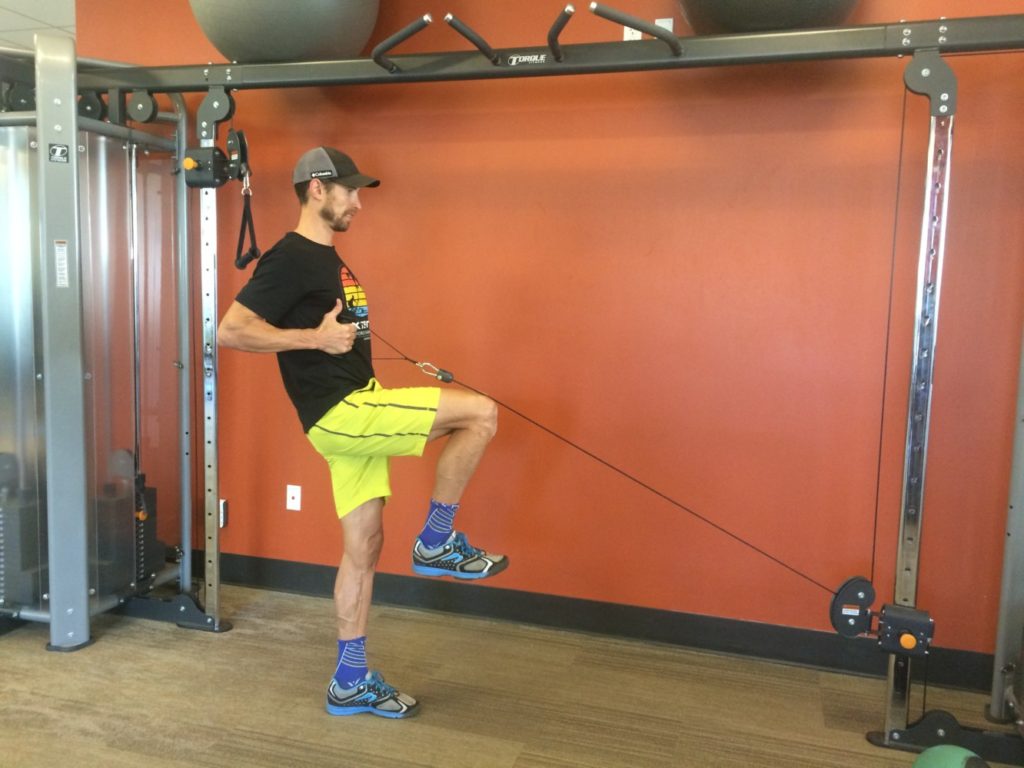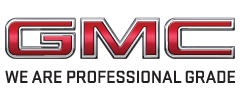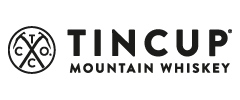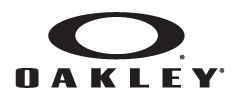Posted by: Tom Boyd
It’s about a month until the 2019 GoPro Mountain Games get underway, and pros and amateurs in mountain communities far and wide are training hard to come and take part. Right about now is the time that injuries can slow down your progress, or threaten to put an athlete out of the competition mix.
Training correctly, analyzing technique, and building strength can go a long way toward avoiding, or recovering properly, from injury.
Coping with Injury
Unfortunately, long-term participation in endurance sports often means coping with injuries. Acute injuries from crashes, spills, or unexpected forces can be hard to predict and prevent, but easier to diagnose and treat. Chronic injuries from overuse and/or poor biomechanics are very predictable and preventable, but often hard to treat. We have all heard the saying that an ounce of prevention is worth a pound of cure, and the same goes for overuse injuries. Progressing training gradually, especially with high impact activities, and addressing muscle imbalances and poor biomechanics should be a part of every endurance athlete’s training program.
Strengthening for Injury prevention in the Endurance Athlete
A strength-training program for an endurance athlete should accomplish two goals: increase performance and decrease the likelihood of injury. With these goals in mind, some of the exercises selected should mimic the sport itself while others are termed “corrective exercises,” which promote muscle balance, posture, and joint mobility.
Corrective Exercise
A resistance-training program designed to improve performance must also take into account the repetitive nature of endurance training and address movement impairments. Cycling and running are sagittal-plane (front-back) dominant activities, although stabilization must occur in every plane. Water sports are upper-body centric, but also repetitive with a high incidence of shoulder injury and low back pain. Due to the repetitive nature of these activities, endurance athletes are predisposed to muscle imbalances and result in overuse injuries. Endurance athletes stereotypically present forward head and rounded shoulders, which can lead to shoulder injury. Positioning in a kayak or on a bike is a biomechanically compromised position, leading to tight hip flexors and increased risk of low back pain. Low-back pain and knee-pain are frequently reported in cyclists. Runners also perform most of their motion in the sagittal plane, but since runners are either airborne or in a single leg stance, it is the muscles that stabilize in the frontal plane (side-side), such as the gluteus medius, that prevent many lower extremity injuries. In fact, approximately 20% of the energy cost of running is spent stabilizing side-to-side motion in the frontal plane.
The strengthening goal of a corrective exercise program should be to target underactive muscles such as the gluteus medius, transversus abdominus, anterior tibialis, lower trapezius, deep cervical flexors, rotator-cuff and can be specific to the athlete’s needs. For example, a distance runner with pronation distortion syndrome might perform hip abduction exercises, single leg squats, ankle dorsiflexion + inversion, glute bridging, plank/side planks, and a single leg tip over. A cyclist with low back pain might do more core stabilization such as the bird dog exercise, isometric abdominal exercises, side planks, and simple posterior chain exercises such as glute bridges. A kayaker with shoulder impingement would have corrective exercises that actually look similar to exercises prescribed for a sedentary desk worker or an overhead-throwing athlete with a focus on deep cervical flexors, lower traps, rotator cuff, and serratus anterior. Exercises to correct for upper-crossed syndrome include the Ball Y-T-Cobra, Prone scapular protraction, and chin tucks. Hip/core exercises should address the compromised seated position for both cycling and kayaking.
Then, complex movements that integrate these muscles into correct movement patterns in a functional exercise can be included, such as a squat + overhead press, cable chop, single leg tip-over + cable row, or kettlebell swings. Perhaps the most important advice for corrective exercises is to make sure you are doing each exercise correctly or you are defeating the purpose and reinforcing incorrect movement patterns. Consider hiring a qualified personal trainer or a physical therapist, even if it is just for a few sessions.
Here is just a sampling of corrective exercises for any endurance athlete:
Upper-body correction:
- Ball Y-T-Cobra
- Dynamic pec stretch
Cycling correction:
- Bird dog
- Glute bridge
Running correction:
- Band side steps
- Single leg tip-over
Integration
- Squat + overhead press
- Tip-over + cable row
Share this Story:
